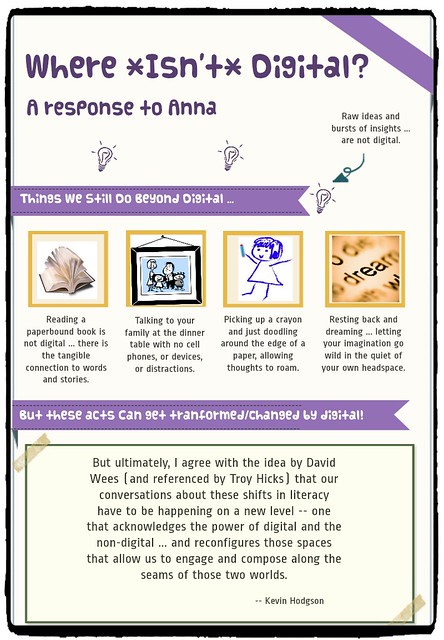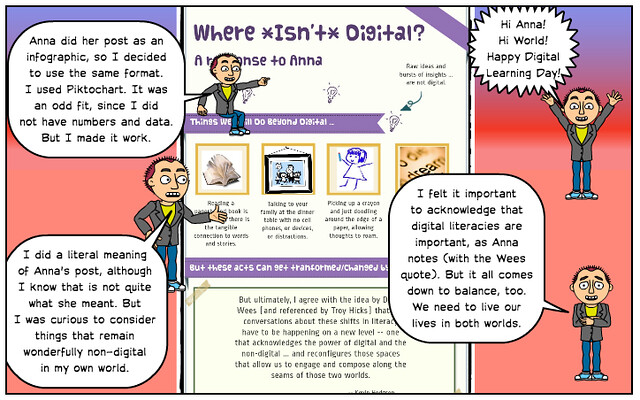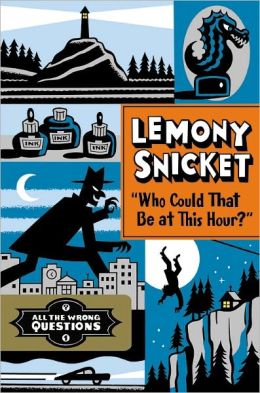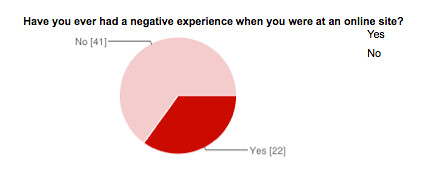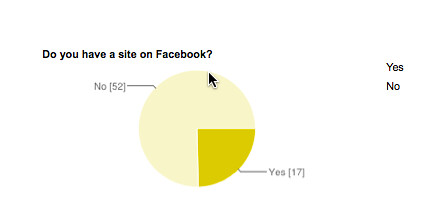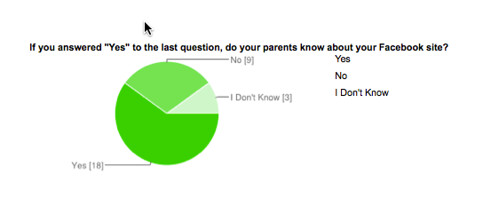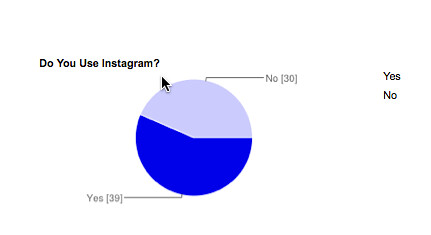Yesterday, I celebrated Digital Learning Day with television cameras in my face and boom microphones dangling over my head. Don’t worry. I wasn’t in trouble. Instead, a crew from the Fox News network out of New York City traveled to my small school in Western Massachusetts to document an hour lesson around digital footprints and digital citizenship for a special they are producing in a couple of weeks.

Fox News Host John Roberts, fresh off the plane from the previous night’s grilling of Rep. Eric Cantor (whose ideology is as far removed from Western Massachusetts as I think you can get), hung out in my classroom as my students discussed privacy issues, data collection from companies, Facebook and Instagram, and their own media lives. I’ve known the television folks were coming for a few weeks now, and my students were ready.
“Act natural,” I told them in the morning. We all laughed at that.
They did more than that. While the class Fox joined is a wonderful one, the students really upped their game yesterday. They were articulate, thoughtful, and fully engaged in the discussions we were having about how the things they do now online impact the way people will perceive them in the future. John Roberts spent some of the time asking them questions about their own use of technology, whether parents talk to them about how they use websites, and what kind of steps they take to protect themselves. (He had his questions written out on his cell phone, which he kept pulling out to read to the class, ironically). At the end of the class, as my students were huddling to line up for their class, Roberts was right in their midst, having informal conversations with them about digital media. (I forgot to pull out my camera! Doh.) It was a nice moment, you know?
Roberts also interviewed me, one-on-one, in the morning, asking about why I think teaching 11 year olds about the concepts of digital citizenship is important. I think I was pretty articulate, too (although who knows what will end up on the cutting floor and how I will be portrayed.) Their larger piece is about data mining, and privacy issues, so I can’t say how much of our discussions will end up in the hour-long program (I suspect just a few minutes). While I was a little nervous about having a television crew in the classroom (and Fox, to boot), they were very kind and understanding, and appreciative of the time.
And if my own message gets out there to more teachers and parents about being vigilant about privacy, sharing and what companies do with our data, than it was time well-spent. I’m just hoping I am portrayed in the “fair and balanced” light.
🙂
Peace (in the settings),
Kevin

